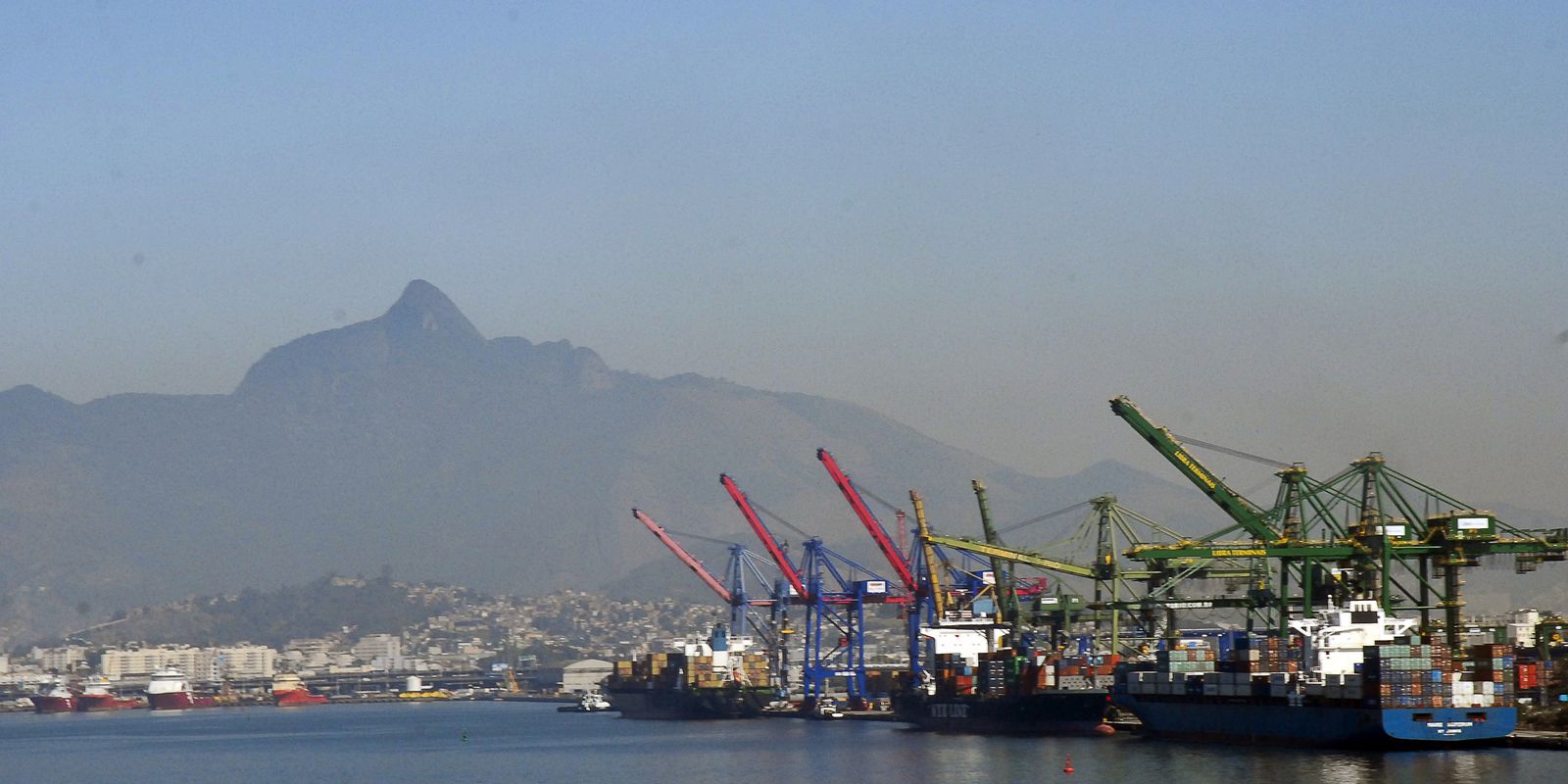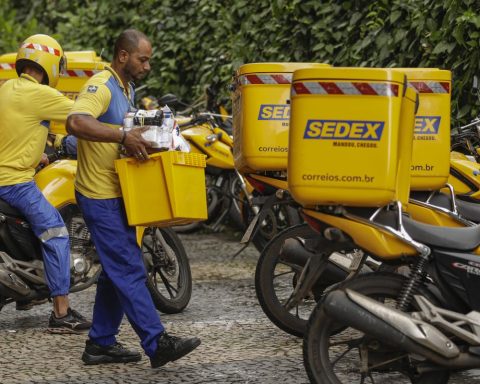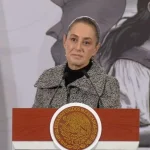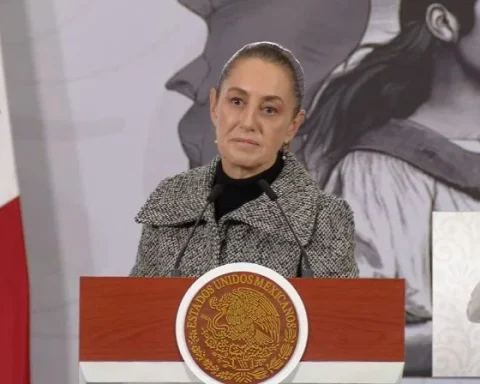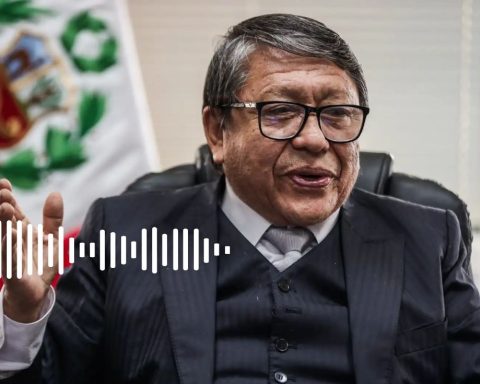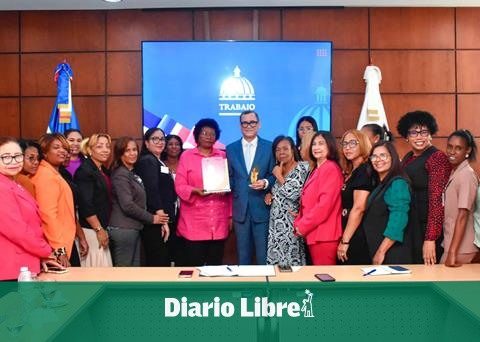As of May, more exporting companies will be able to obtain credit from the Export Financing Program (Proex – Financing) to sell abroad. The Executive Management Committee (Gecex) of the Foreign Trade Chamber (Camex) increased, from R$ 600 million to R$ 1.3 billion, the annual gross revenue of companies that can be part of the program.
In a note, the vice-president and minister of Development, Industry, Commerce and Services, Geraldo Alckmin, informed that the decision will increase the number of companies able to export through the program, stimulate the competitiveness and growth of the economy, in addition to generating more jobs. .
According to the ministry, the new limit was calculated based on the average between the current limit of BRL 600 million, corrected for official inflation by the Extended National Consumer Price Index (IPCA) since February 2009, and the variation of the dollar in the same period.
According to Camex, in recent years, the number of companies that earn more than R$ 300 million and use Proex-Financing has increased. Between 2015 and 2018, 7% to 9% of the companies that used the program earned more than this amount. In 2021 and 2022, the percentage exceeds 20%.
low execution
According to Camex, the values of exports supported by the program were falling significantly, with one of the causes being the low revenue threshold of companies. In recent years, budgetary execution of Proex-Financing has been below the amount provided for in the Budget.
In 2021, more than BRL 1 billion was not used in financing exports. In 2022, the total execution was BRL 837 million, when the budget allocation was BRL 2 billion. According to Camex, the limit of R$ 600 million in effect since February 2009 would today be equivalent to US$ 249 million, which indicated the need to update the limits. “With the new value [dos limites de faturamento]a distortion that affected exports is corrected,” said the agency.
In operation since 2001, Proex finances exports with interest and charges compatible with the international market. The program has two modalities: Proex-Equalization, in which the National Treasury assumes part of the financial burden, and Proex-Financing, in which the National Treasury grants financing directly.
